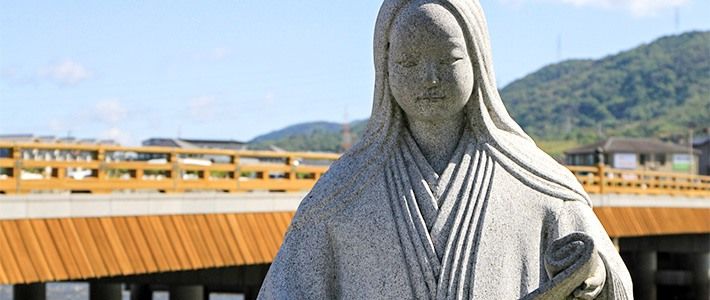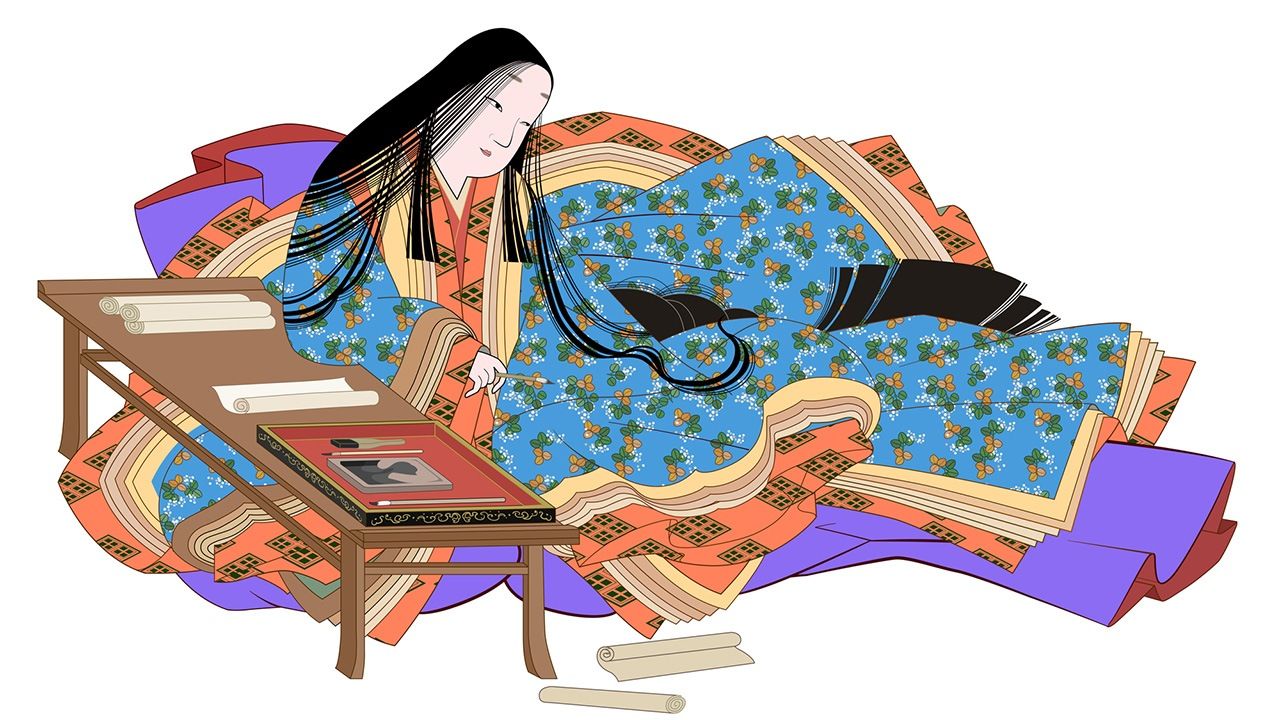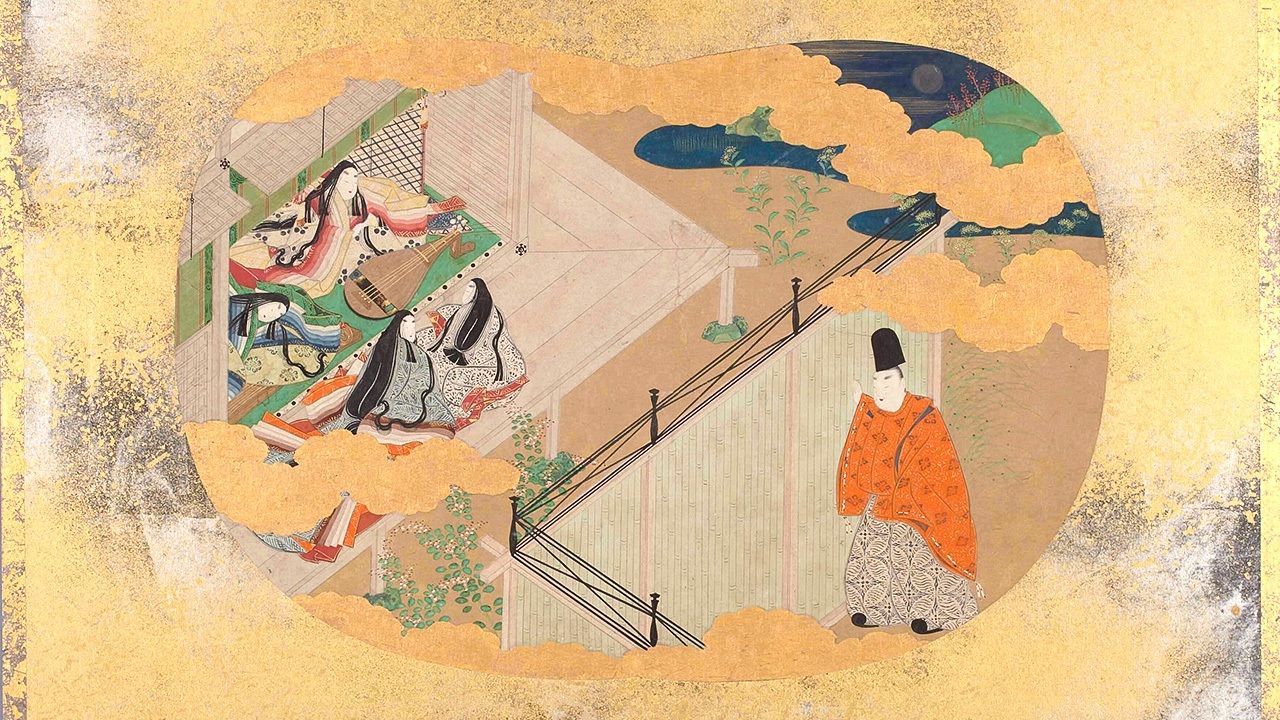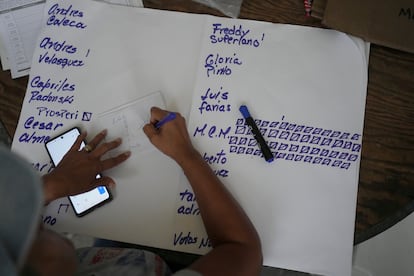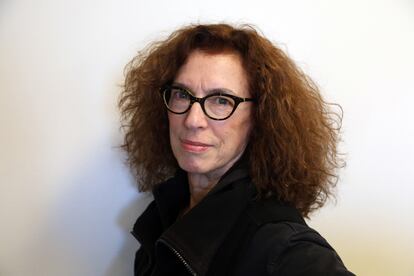
Genji’s People: Customs of the Heian Nobility (3)
29 March 2019
One of the pleasures of reading Japanese books is the chance to learn about local culture and customs. Usually there are enough points of similarity between the reader’s milieu and the scenes depicted in the story to ease the process along. With a work like The Tale of Genji, however, written over 1,000 years ago about and for the aristocrats of the Heian period (794–1185), there is even more distance from the modern non-Japanese reader. A basic idea of customs among the nobility of the time helps in understanding the story.

